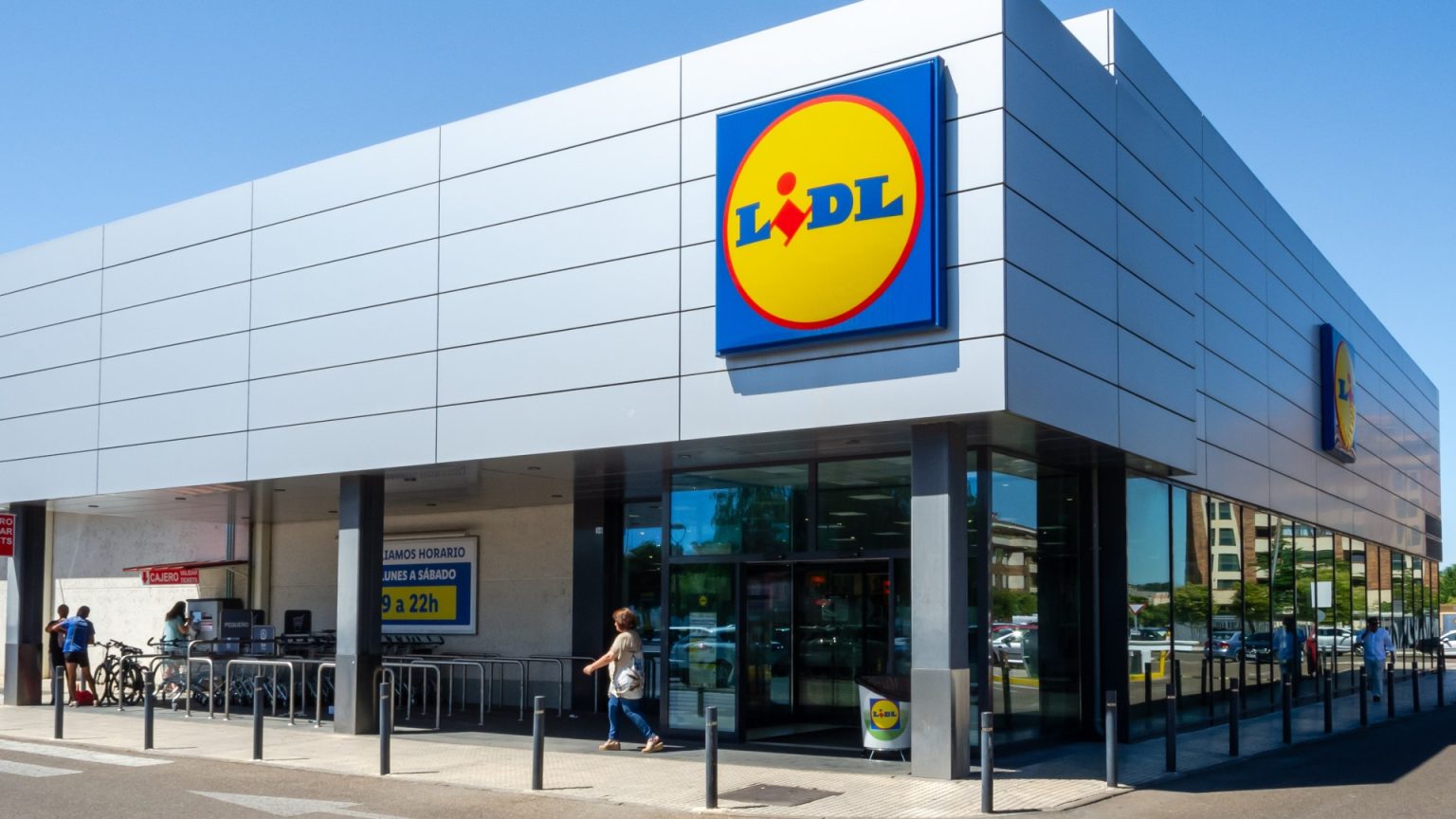Lidl shoppers are snapping up a cost-effective heating gadget, the Von Haus 6 Blade Double Stove fan, priced at £29.99. This ingenious device requires no assembly and sits atop a stove or wood burner, harnessing the rising heat to power its internal motor and distribute warmth throughout the room. Utilizing a thermoelectric module, the fan activates at temperatures between 50 and 345 degrees, effectively circulating the heated air. Customers are praising the fan’s performance, particularly during the ongoing cost of living crisis, highlighting its ability to significantly reduce heating expenses. One shopper lauded it as a “serious money-saving device,” emphasizing its effectiveness in distributing heat from a wood burner throughout an entire room.
While such gadgets can be helpful, energy saving expert Aydin Sigva stresses the paramount importance of proper insulation as the first line of defense against escalating energy bills. He likens homes to sieves, with heat escaping through various gaps and inadequately insulated areas like lofts, walls, floors, and even around windows and doors. Sigva recommends prioritizing loft insulation due to its lower cost compared to cavity wall insulation, emphasizing the long-term financial benefits of both. He advises tenants to seek landlord permission or assistance with insulation projects, acknowledging the multi-year payback period.
The Energy Savings Trust corroborates Sigva’s advice, estimating annual savings of £155 with cavity wall insulation and £210 with solid wall insulation. Beyond insulation, Laura Court-Jones, Small Business Editor at Bionic, suggests several additional cost-saving measures. Lowering the thermostat by just one degree can yield significant savings without noticeable discomfort. Consistently switching off unused appliances and lights can also make a difference, as can installing a smart meter to monitor energy consumption patterns. Finally, comparing energy suppliers and switching to a more competitive tariff can lead to substantial savings.
While loft and cavity wall insulation offer significant long-term savings, their upfront costs can be substantial – averaging £950 for loft insulation and £1,700 for cavity wall insulation. However, these investments eventually pay for themselves through reduced energy bills while simultaneously enhancing comfort by eliminating cold draughts. For more immediate and less costly solutions, Sigva recommends simple measures like using draught excluders around doors and windows, covering letterboxes, and even blocking unused keyholes. These small actions can collectively contribute to noticeable savings.
Beyond these basic steps, Sigva also suggests investing in an energy use monitor, a gadget that connects to the meter and displays real-time energy consumption. This allows users to identify energy-intensive appliances and adjust their usage accordingly, further optimizing energy efficiency. These monitors, available from retailers like B&Q for as little as £12, provide valuable insights into household energy consumption and empower users to make informed decisions about their energy usage. Sigva emphasizes that there is no single magic bullet for energy savings, but rather a combination of strategies that, when implemented collectively, can significantly reduce wasted expenditure.
In addition to energy monitors that connect to the meter, smaller, plug-in energy monitors offer another avenue for tracking individual appliance energy usage. These devices are placed between the socket and the appliance plug, displaying the power consumption on a small screen. Some models allow users to input their energy tariff, providing a real-time cost calculation. This granular level of information empowers users to identify energy-hungry appliances and adjust their usage habits accordingly. These plug-in monitors are distinct from smart meters, which track overall household energy usage. Both types of devices, however, provide valuable data that can inform energy-saving strategies, ultimately leading to reduced bills and a more sustainable approach to energy consumption.


